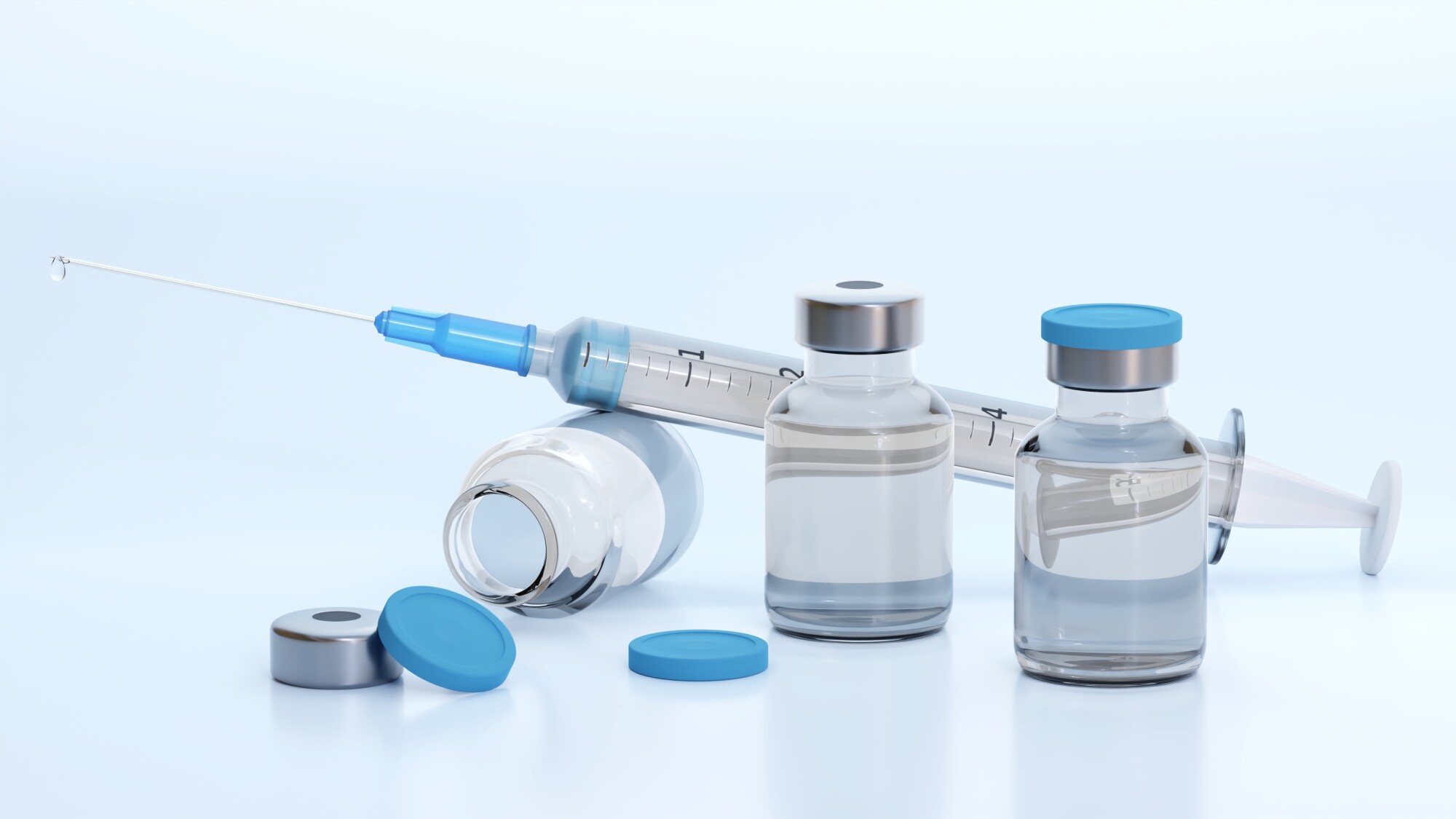Living With Diabetes: Your Guide to Mixing Insulin
Did you know that at least 11.3% of Americans or the US population have diabetes?
That number keeps rising, which is why people should be more aware of the condition.
Type 1 and type 2 diabetes differ in their causes. Type 1 is known as insulin-dependent diabetes. This means that people only need insulin injections to live a normal life.
Type 2 diabetes is known as a lifestyle-induced condition. People with this type of diabetes have trouble processing insulin on their own.
The need for insulin requires the right mixing. If you need to be guided in mixing insulin, keep reading.
Contents
Consult Your Healthcare Provider
Different types of insulin, such as rapid-acting insulin, long-acting insulin, and pre-mixed insulin, have slightly different effects on your diabetes control. Your healthcare provider can take into account any changes in your blood sugar levels, lifestyle, or medication regimen to help determine the most appropriate insulin for you.
Further, he or she can provide invaluable advice on proper dosing and mixing protocols that should be tailored to your individual needs. Ultimately, making sure to consult your healthcare provider can ensure that you consistently receive the best possible advice and information related to managing your diabetes.
Gather Supplies
Before you begin your injection routine, it’s important to gather supplies. Diabetes education and reminder apps can help you keep track of what you need. A doctor or nurse may be able to walk you through a list of essential supplies. The items you need include:
- syringes
- insulin pens and cartridges
- alcohol swabs
- sharps containers
It’s also important to have extra supplies in case you need them unexpectedly. Have a box or drawer with these items so that you can easily locate them in an emergency. Lastly, ensure the supplies are in date.
Check Your Glucose
Checking your glucose helps you understand how your body responds to different levels of insulin and other treatments. This is also very important because if your glucose is too low, administering the insulin could bring you dangerously low blood sugar and cause hypoglycemia.
So checking your glucose regularly is, therefore, a must for successful diabetes management. If you don’t have one yet, make sure to get a CGM for your diabetic needs.
Steps for Mixing Insulin
Mixing insulin involves preparing different types of insulin for injection. First, you must wash your hands and grab all the items you’ve prepared for mixing. Make sure you have the right mix prescribed.
Next, inject air into the vial of insulin. Then, draw the correct insulin dosage into a syringe, and mix the insulin if these are not pre-mixed.
Tap the syringe gently to make air bubbles climb to the top. Press the plunger a little to release any air bubbles, making sure you have the correct dose left.
Carefully inject the insulin into your skin. Choose an injection site and clean it with an alcohol swab. Squeeze the skin and push the needle at a 90-degree angle (or as recommended).
Push the plunger down slowly and steadily to inject the mixed insulin. Withdraw the needle and dispose of it in the sharps container.
Follow This Guide to Mixing Insulin
You can now feel empowered to take control of your diabetes thanks to this helpful guide to mixing insulin. With clear instructions on how to mix insulin, it’ll be easy to keep your blood sugar levels regulated and healthy.
Make sure to have the right insulin, consult your doctor and learn how to administer the right dosage properly. Don’t let diabetes hinder your life!
To read more helpful topics, visit our blog.

